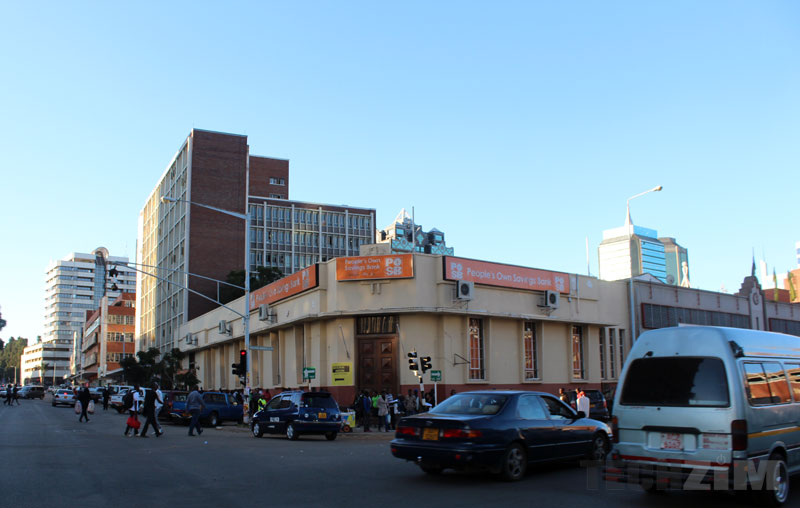It used to be that if you wanted to interact with your bank you had to visit a bank branch. Right from the beginning, you needed to fill out about a million documents in person to open an account. You would leave that branch not sure if you were going to be admitted into the exclusive club.
If you were lucky enough to get an account, you needed to visit that same branch to do almost anything; sending money, checking balances, viewing your statement, withdrawing or even making enquiries.
As technology improved and competition increased, banks were able to offer some of those services through other channels. Today, unless you need to withdraw cash, you hardly ever have reason to visit a bank branch. As long as you have a mobile phone you can do almost everything from the comfort of your home.
If you have a smartphone or a computer, the experience is excellent as most banks now zero-rate their websites. You can take your pick of the channel you want to use and no one stops you from making your enquiries through all of them for example – asking about funds reversals through the bank’s website, WhatsApp, Facebook, Twitter etc.
If you have a feature phone you still get a decent experience through the now well understood USSD platform.
The bank branch’s death
As a result of this, the branch has become a bit surplus to requirements for banks. With fewer and fewer customers visiting the branches, banks found that they were better off investing in technology and offering customer care remotely. No longer would they be saddled with rentals and staff costs in most towns. Only a large building in one location could house all the customer care personnel.
We have seen most banks close branches with Standard Chartered one of the first to really go nuclear on the branch. When the pandemic caused enforced temporary branch closures, some branches never opened again as the business model was turned on its head.
Aside from depriving customers in certain locations of the ability to withdraw cash, there weren’t too many downsides to closing physical branches.
I won’t sit here and lie that this is not a major inconvenience for customers in those areas. The fact remains that most people really need to withdraw cash so that they can convert their Zimdollars to USD at better rates. To this day we still see queues at bank branches and most of those people only wish to withdraw cash. So, some have suffered as a result of the branch closures.
Some physical presence still required
That cash requirement on the part of customers cannot be overlooked. Pensioners living in the rural areas are hardest hit by the bank closures. They already had to travel to the nearest towns to withdraw their payouts. Now, with physical branches being concentrated in only the larger cities, they are having to travel further.
Some banks leave behind ATMs when they close their branches to make sure customers can still withdraw cash. Problem is that in too many cases, those ATMs hardly ever have cash.
Besides this cash need, Zimbabwean might just prefer the in-person experience. We saw how DStv intended to close its Joina City branch, only to backtrack on that decision. Whilst they haven’t shared why they changed their heart, we know that the decision to close made all the sense in the world.
This is not a big problem though, people adapt and they will get accustomed to the online customer care.
The govt’s role
The government cannot think like the private enterprises. Whilst it makes business sense for most banks to close branches, the govt cannot ignore the challenges that pensioners are facing. Pensioners are getting around ZWL$6000 per month and are having to spend a significant portion of that on transport to get to branches where they can withdraw cash.
The govt is looking to improve POSB and Agribank presence in growth points to improve the situation. Said Finance deputy minister, Clemence Chiduwa,
As we speak, the government has a policy on financial inclusion, which states that no one should be left behind. For banks which belong to the government such as the POSB and Agricultural Finance Corporation, our policy is that at growth points where people live, these banks should be found. With our policy on digitalisation, which is one of the pillars of the National Development Strategy One(NDS1), we want 100% coverage in the country on the issue of mobile networks. We want pensioners to be able to get their money through the phone.
I don’t know what pensioners getting their money through the phone means. I mean the stipend is already in their accounts and what they want is cash. Anyhow, pensioners would benefit from the increased physical presence of POSB in particular.
Of course that would saddle POSB and Agribank with costs and expenses that their fellow competitors do not have. So, in the end we would expect to see those two trail the competition in profitability. To be honest, that’s okay with me. What do you think?

What’s your take?